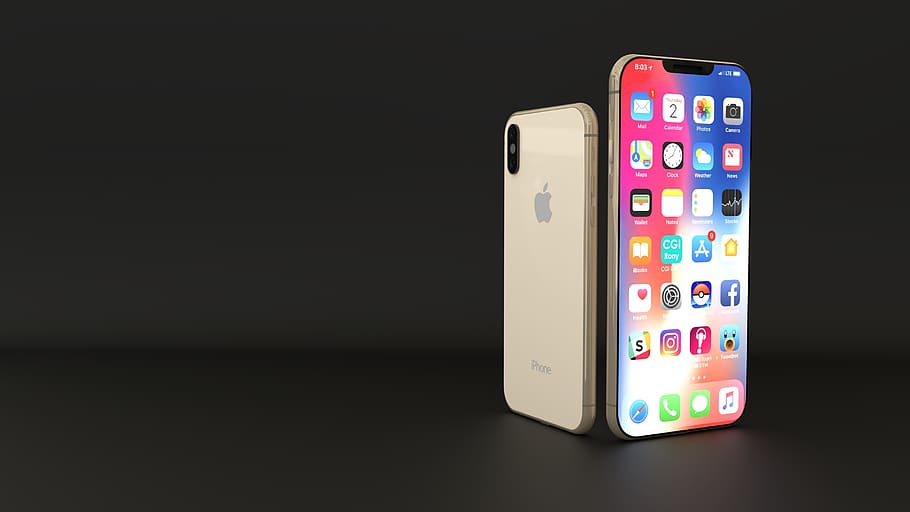Is your iPhone camera too sharp, making your photos look overly detailed or unnatural? You’re not alone, and luckily, this issue is usually easy to correct. In this step-by-step guide, we’ll walk you through several methods to soften your iPhone camera’s sharpness and achieve more balanced, natural-looking photos.

Table of Contents
iPhone Camera Too Sharp – How to Fix
Follow the steps below to fix this issue…
Method 1: Adjust the Camera Settings
If you’ve noticed that your iPhone camera is too sharp, your first course of action should be to explore your device’s native camera settings. To get started, you need to locate the camera app icon, which can usually be found on your home screen. Tap the icon to open the app, and this will activate your device’s camera.
Now, look for the settings gear icon. This is typically situated in the top corner of the camera interface. Tapping it will reveal a dropdown menu or a new screen filled with various options to adjust your camera settings.
As you scroll through the settings, keep an eye out for an option that says “Sharpness Adjustment” or something similar. The location of this setting might vary depending on your iPhone model and iOS version. Once you locate it, you’ll often find a slider adjacent to it. This slider controls the level of sharpness in your photos.
Slide the sharpness level downwards to reduce the overly detailed or textured look that’s been troubling you. After you’re satisfied with the new setting, don’t forget to save it. Usually, you’ll find a ‘Save’ button at the bottom or top of the settings interface.
Before you exit, it’s a good idea to test if the adjustments have had the desired effect. Take a quick snapshot of any object or scene to review the new sharpness levels. If the issue persists, you may have to repeat the steps and experiment with different settings.
Read more iPhone camera topics here – iPhone Camera: How To, Problems & Solutions
Method 2: Use a Third-Party Camera App
In some instances, the iPhone’s default camera app doesn’t offer comprehensive control over the sharpness settings. That’s where third-party apps can come to your rescue. To find an alternative camera app, go to the App Store from your home screen and type “camera” in the search bar.
Look for apps that have received good ratings and reviews. This will increase the likelihood that the app will meet your expectations. Once you’ve made your choice, follow the on-screen instructions to download and install the app on your device. After installation is complete, open the app by tapping on its icon, which you’ll find among your other apps.
Inside the third-party camera app, go to the settings menu. There should be an option that allows you to adjust the sharpness of your photos. Experiment with these settings until you find a level of sharpness that suits your preferences.
Method 3: Post-Processing
If you already have some photos that came out too sharp, you’re not out of options. You can soften these images through post-processing. Start by opening the Photos app on your iPhone, where all your captured images are stored. Browse your photo library to select the photo that you want to edit.
Once you’ve chosen the picture, you’ll see an ‘Edit’ option, usually located at the top-right corner of the screen. Tapping this will open a variety of editing tools. Among these, you’ll find a tool meant for softening the image. This might be called ‘Softening,’ ‘Blur,’ or even ‘Smooth,’ depending on your iOS version.
Use this tool to reduce the sharpness of your photo. Once you’re happy with how the image looks, make sure to save your changes. There should be a ‘Save’ or ‘Done’ button visible on the screen. Tap it to overwrite the original photo or to save a new version, depending on your preference.
iPhone Camera Too Sharp: Conclusion
Facing an issue with your iPhone camera being too sharp is common, but it’s also very solvable. By following the methods outlined in this article, you can have more balanced and natural-looking photos in no time.